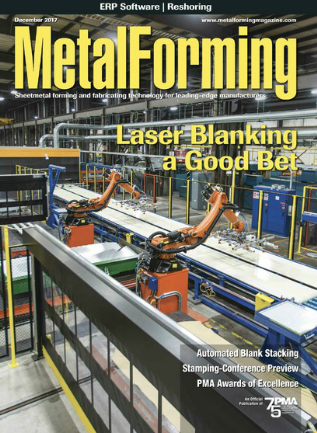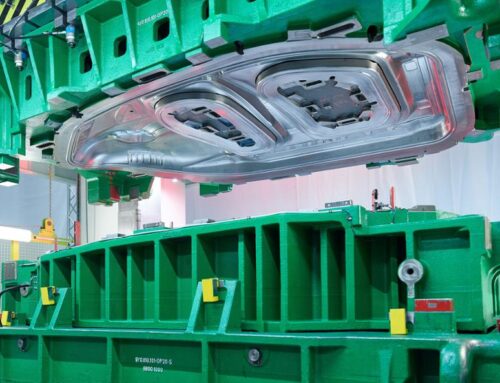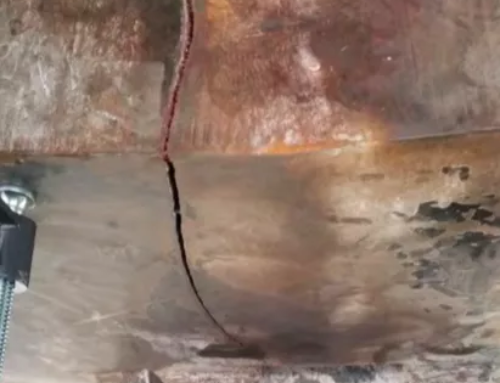I’m now writing the monthly Science of Forming article for Metalforming Magazine – it’s a great honor to be taking over from Dr. Stuart Keeler.
See my first article, The More You Know, on page 36 at http://metalformingmagazine.com/magazine/digital-issue/?/2017/Dec
Optimizing sheetmetal flow to form a stamped part requires understanding the interaction between the sheetmetal, surface characteristics and tooling. Consider where we were in the 1970s. Back then, we could choose between seven grades of sheet steel. Most of the steel used on cars did not contain a galvanized coating. Lubrication for many deep-drawn parts consisted of a paste made from animal fat. And the tooling material choices for large stampings? With apologies to Henry Ford, you can have any material you want, as long as it’s D2. If the surface wasn’t up to the desired quality, there was always Bondo and a few more layers of paint. Using just trial-and-error could produce an acceptable part, given that there were a limited number of variables to master and the fact that a threshold for “sufficient quality” took comparatively less effort to achieve.
This sounds like ancient history. But is it?
Danny Schaeffler
Engineering Quality Solutions, Inc. 4M Partners, LLC
http://www.EQSgroup.com http://www.Learning4M.com





